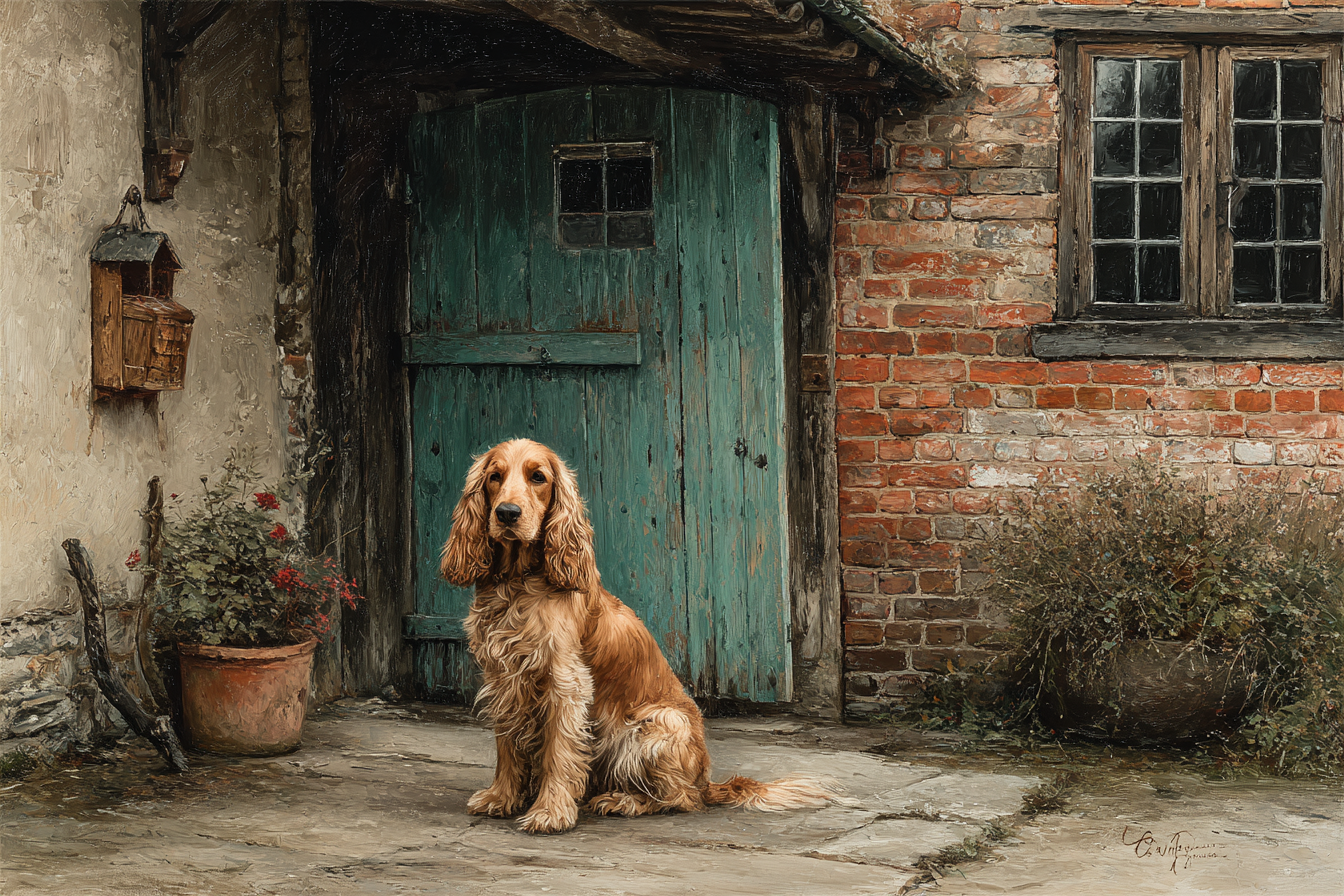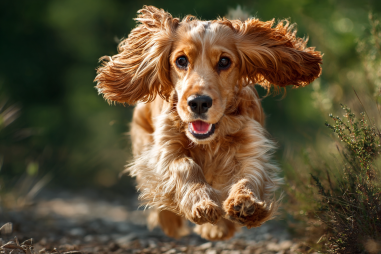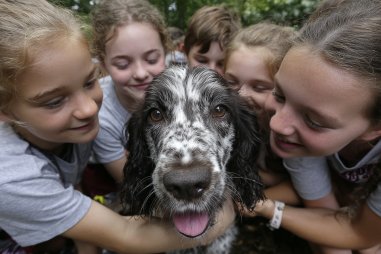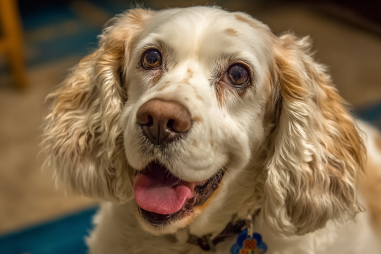The English Cocker Spaniel is a charming and energetic breed beloved by dog enthusiasts all over the world. Known for their affectionate nature and striking appearance, these dogs have a rich history that dates back centuries. Understanding the origins and historical significance of the English Cocker Spaniel not only deepens our appreciation for the breed but also provides insights into its development from skilled hunting dogs to cherished family companions.
Origins of the English Cocker Spaniel Breed
The English Cocker Spaniel’s roots trace back to early spaniels that were commonly used in the British Isles. Spaniels, as a group, have been documented in England since at least the 14th century, and they were primarily bred for flushing game birds from the dense underbrush. The term “cocker” is believed to be derived from the breed’s particular skill in hunting woodcock, a type of game bird native to Europe.
Historically, spaniels were categorized by size and hunting style rather than strict breed distinctions. The dogs that would eventually become English Cocker Spaniels were smaller, compact spaniels used mainly for hunting in woodlands and tight environments. Their size, agility, and enthusiastic nature made them ideal for following the scent of game and indicating their location to hunters. Over time, selective breeding in England helped refine the breed’s characteristics, emphasizing agility, stamina, and a friendly temperament.
Role as Hunting Dogs
The English Cocker Spaniel’s original purpose was firmly rooted in hunting and fieldwork. These dogs were valued for their ability to work closely with hunters to flush birds from bushes and dense cover, enabling a successful hunt. Their natural instinct to trail scents and retrieve game made them indispensable partners in the field.
With a strong hunting drive, English Cocker Spaniels excelled in locating and retrieving woodcock, pheasants, and other game birds. Their medium size allowed them to navigate thick undergrowth with ease, and their energetic disposition ensured they could keep pace during demanding hunts. Importantly, these dogs were trained to work silently and respectfully, retrieving game without damaging it, which was essential for hunting ethics.
Throughout the 19th and early 20th centuries, English Cocker Spaniels remained popular as working dogs, especially in rural England. Hunting tournaments and field trials became common venues where their abilities were showcased, helping to promote and preserve the qualities that defined the breed.
Recognition by Kennel Clubs
As the English Cocker Spaniel’s popularity grew beyond hunting circles, canine organizations began to take notice. The Kennel Club in England recognized the English Cocker Spaniel as a distinct breed in 1892. Around this time, efforts were made to standardize the breed’s appearance and traits through official breed standards.
In the United States, the American Kennel Club (AKC) recognized the English Cocker Spaniel a few decades later. The creation of breed clubs and the formalization of breed standards helped separate the English Cocker Spaniel from other spaniel varieties such as the English Springer Spaniel. This recognition was pivotal in transitioning the breed from a primarily working dog to a show and companion dog as well.
Breed standards outlined ideal characteristics such as coat type, color, size, and disposition. Maintaining these standards allowed enthusiasts to breed English Cocker Spaniels that met both traditional working criteria and the evolving demands of show rings and family environments.
Evolution into Companion Dogs
While English Cocker Spaniels started primarily as hunting dogs, their friendly nature and manageable size made them excellent household pets. Over the 20th century, the breed underwent a transformation as it became increasingly popular with families and urban dwellers.
English Cocker Spaniels are naturally sociable and affectionate, traits that endeared them to people beyond hunters and field workers. Their keen intelligence and willingness to please made them easy to train, whether for obedience, agility, or simply as loyal companions. Many were bred with a slightly softer appearance and temperament to better suit life in homes and around children.
Today, English Cocker Spaniels are known as great family dogs and therapy animals. Their cheerful demeanor and gentle disposition allow them to thrive in a variety of environments, from rural estates to city apartments. While some owners still train and use them for hunting, the majority enjoy the breed for its loving personality and lively spirit.
Historical Significance and Cultural Impact
The English Cocker Spaniel’s enduring presence in British culture and beyond highlights their historical and cultural significance. Their image often appears in classic English literature, paintings, and films, symbolizing loyalty, intelligence, and vigor. The breed has also been a favorite among the British aristocracy and royals, which helped raise awareness and admiration worldwide.
Moreover, the breed has contributed to the development of other spaniel types, influencing crossbreeding projects aimed at enhancing hunting performance or companionship qualities. Their versatility helps explain why the English Cocker Spaniel holds such a versatile spot in dog history.
From the hunting fields of 19th-century England to modern living rooms around the globe, the English Cocker Spaniel has captured human hearts. Charitable organizations and breed clubs continue to promote the health and welfare of the breed, ensuring that future generations appreciate its legacy.
The Enduring Appeal
The history and origin of the English Cocker Spaniel weave together a narrative of adaptability, loyalty, and timeless charm. Whether working in the field or cuddling on a family couch, these dogs embody the best qualities of their lineage. Knowing where they come from and what shaped them enriches our experience with these delightful companions and ensures we honor their proud heritage.







